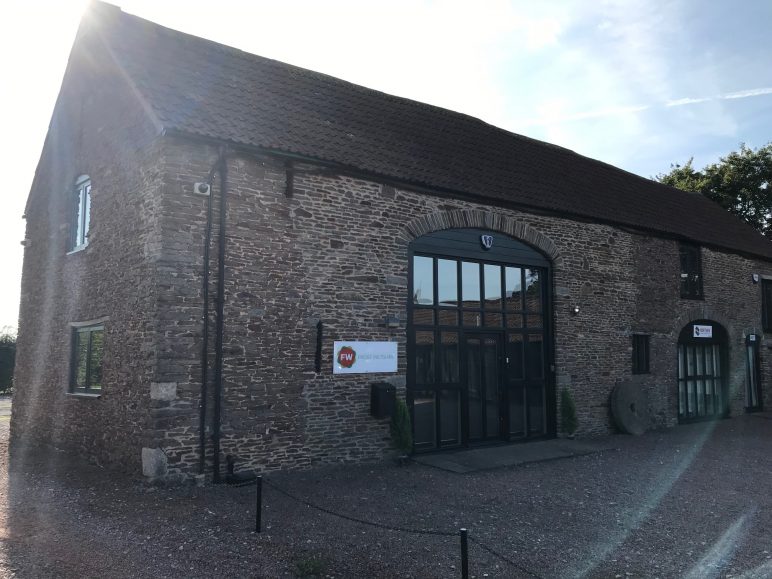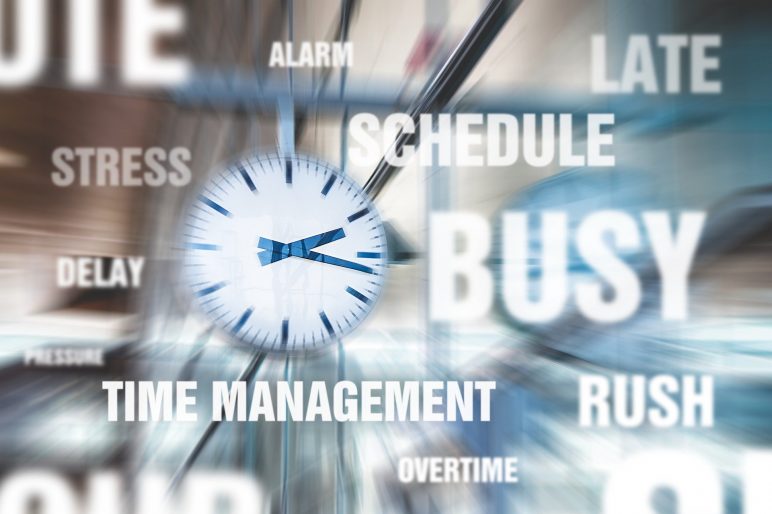by Steve Wiltshire
Starting your own business can be an exciting – but daunting – time. One of the first and most important decisions to make is how are you going to structure your business? The reason this decision is so important is that it has a variety of consequences – not only related to tax, but also from a legal and administrative perspective, and how your business will be perceived.
The main options to consider are whether to set up as a sole trader, a limited company, or a partnership. Each has benefits and drawbacks. As a sole trader, there is significantly less of an administrative burden than setting up as a company. However, as a sole trader you are taxed on profits as they arise through income tax (at 20%, 40% and 45% depending on your level of earnings). You also have a class 2 and 4 National Insurance burden.
On the other hand, setting up as a company gives more flexibility over your personal taxation position, as you are personally liable to income tax on income from the company when it is extracted from the company, rather than as profits are earned by the company. There also tends to be more flexibility, and therefore potential available tax planning opportunities, when structured as a company, although these have been mitigated with the recent changes to dividend taxation rules. The company will be liable to corporation tax as soon as profit is earned, but this is at a lower rate of 19%.
Legally, owning a company offers more protection over personal assets than setting up as a sole trader, as the company is a separate legal entity from the shareholder.
However, there is additional administrative cost and procedures to follow as a company, and any tax saving may not be sufficient to compensate for this additional burden. Also, changes to taxation over dividends from April 2016 reduces the taxation efficiencies of setting up as a company, which makes this a less attractive proposition than previously.
In addition, anti-avoidance legislation (IR35) means that under certain circumstances, profits made through a company will be targeted as ‘earned income’, which means any tax saving will potentially be lost. This is a particularly important area to assess thoroughly before deciding on the right structure for your business.
A third alternative is to set up as a partnership. More and more businesses are setting up as a Limited Liability Partnerships. With this structure, profits earned are subject to income tax as they arise, but the liability of the individual partners is limited to the capital which they have put into the business (rather than their personal assets), in much the same way as for a company.
When choosing which type of business structure to use, another consideration might be the availability of loss relief. If it is anticipated that the business might be loss making in its early years, this could impact the selection decision.
Capital gains arising on any sale of the business in the future may also be taxed, depending on which structure is chosen.
Overall, this decision is complex, and each individual’s preferences, priorities and circumstances will impact the final outcome. Here at Frost Wiltshire, we can set out the options available to you and give you the information and advice which you need to make an informed decision on what suits you and your business best.
Photo by Nathan Dumlao on Unsplash









